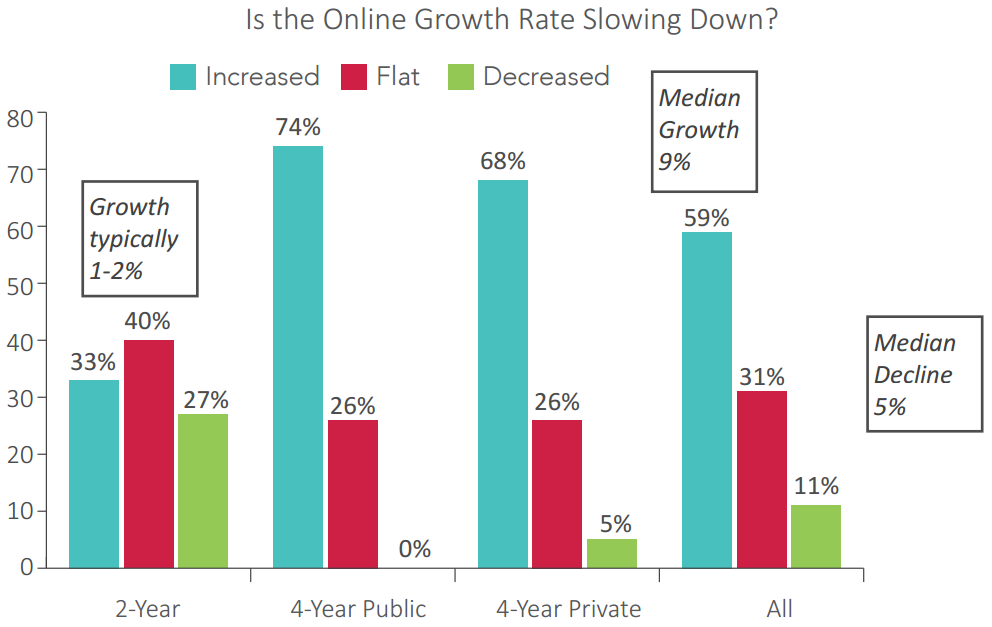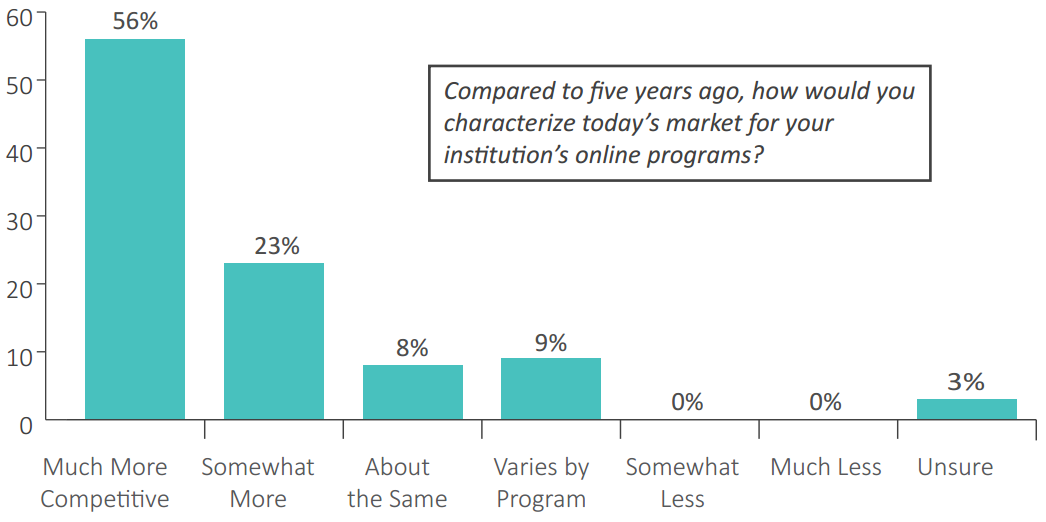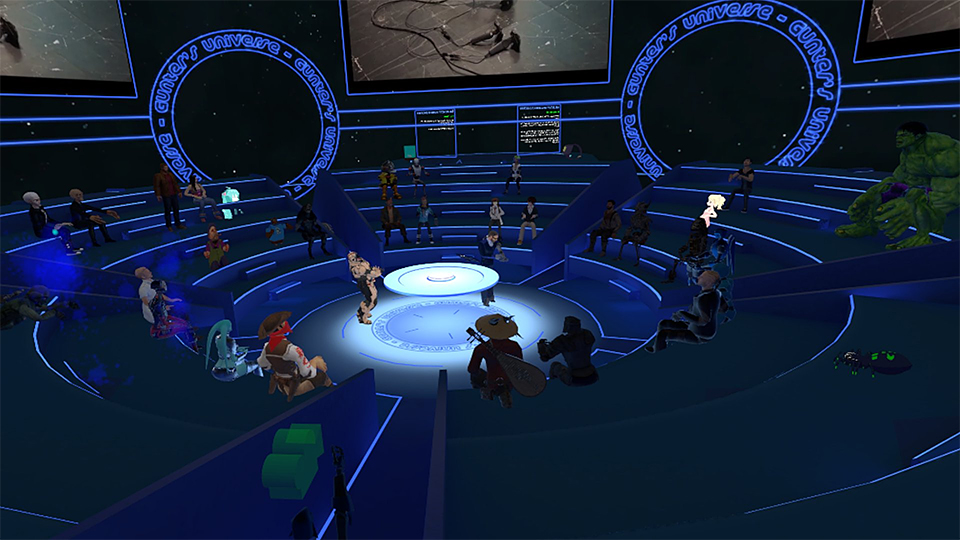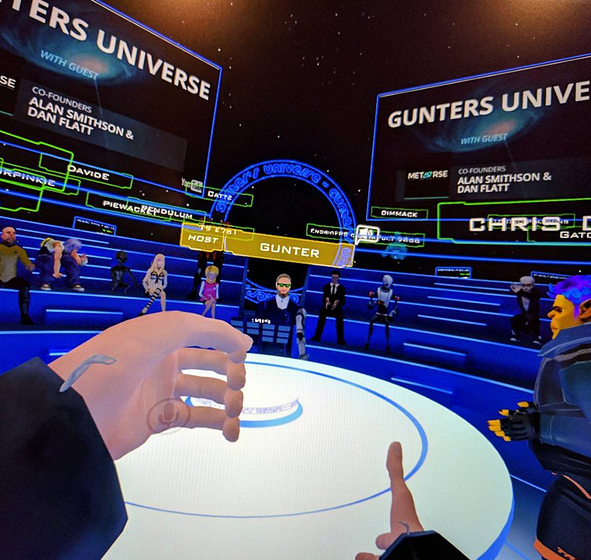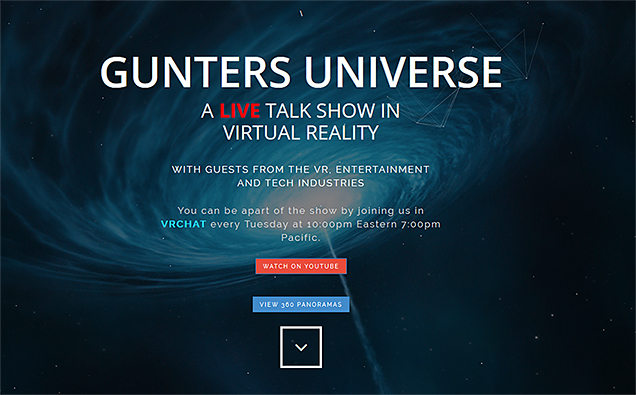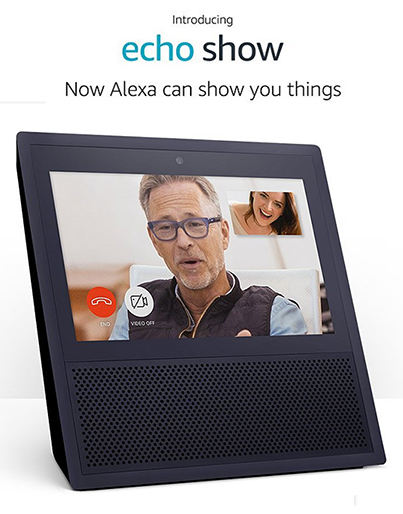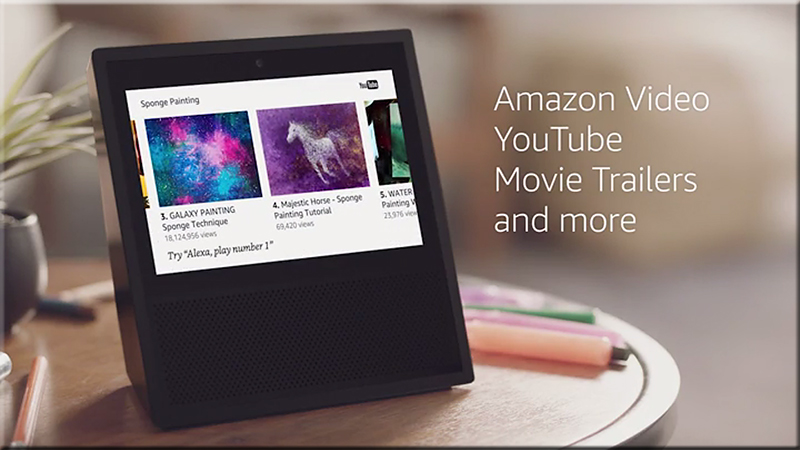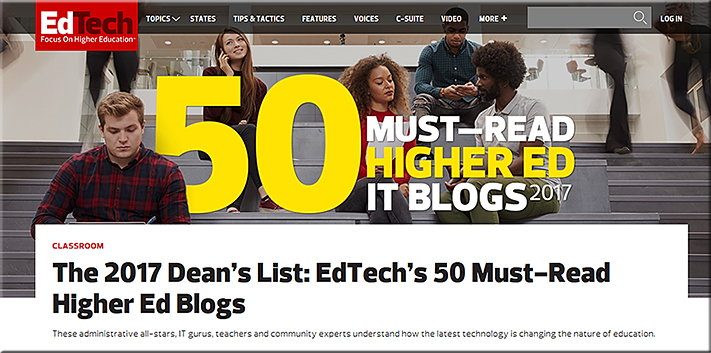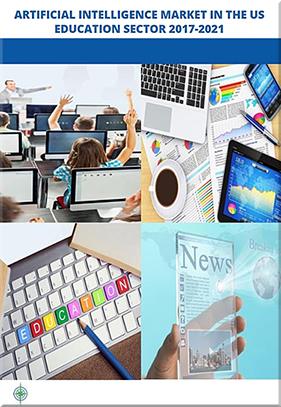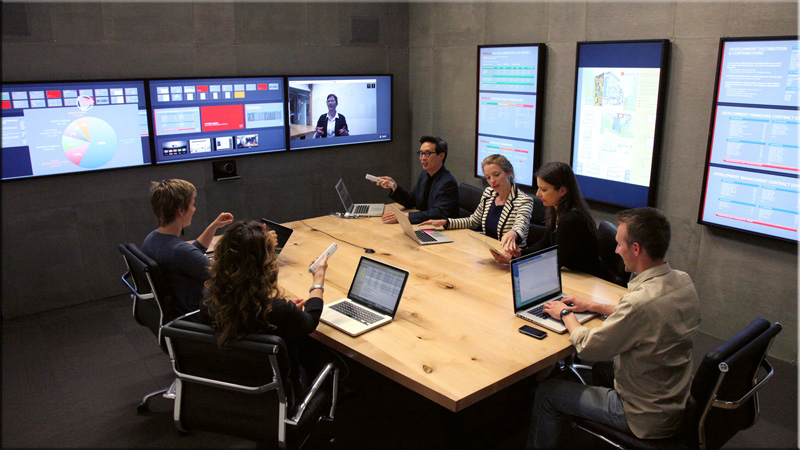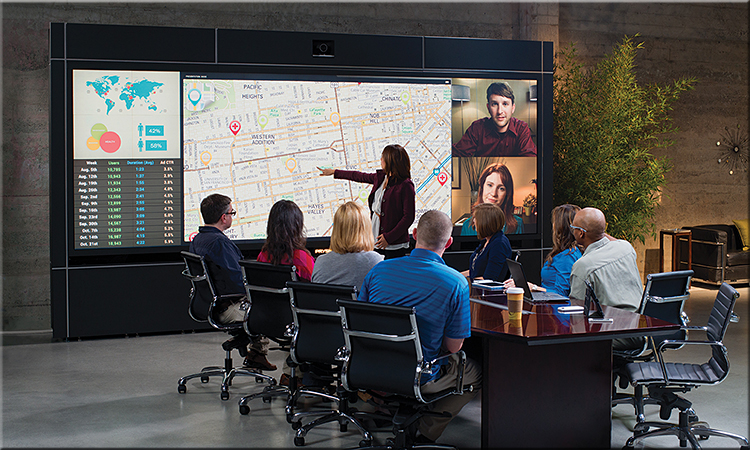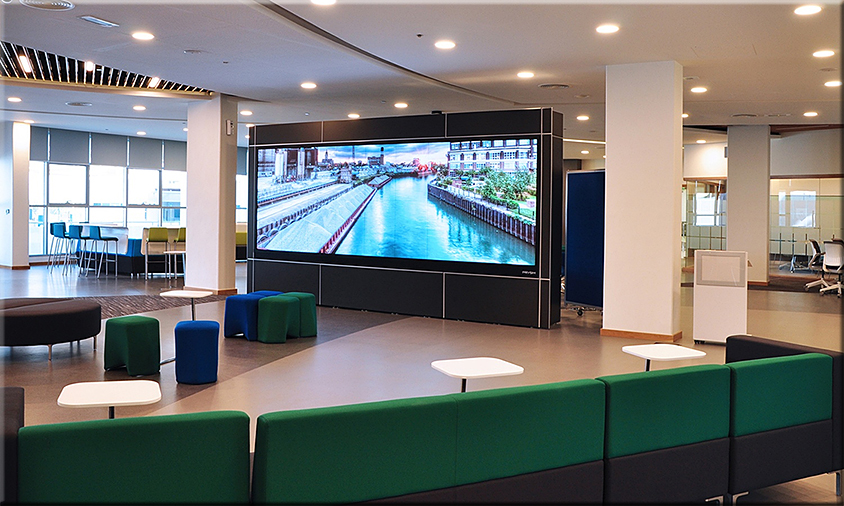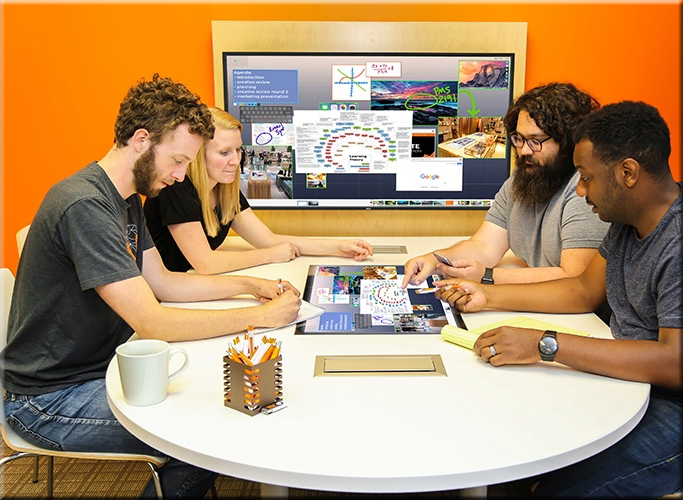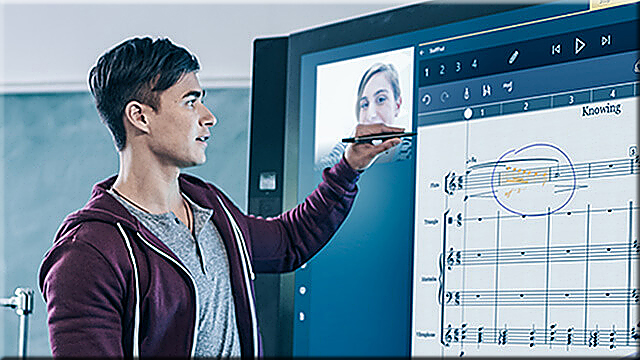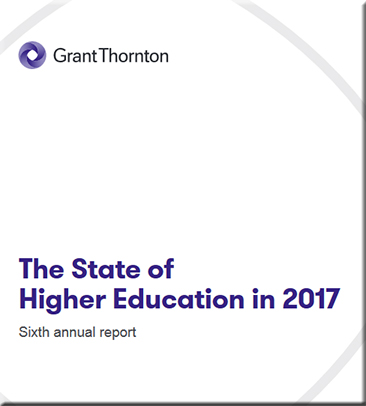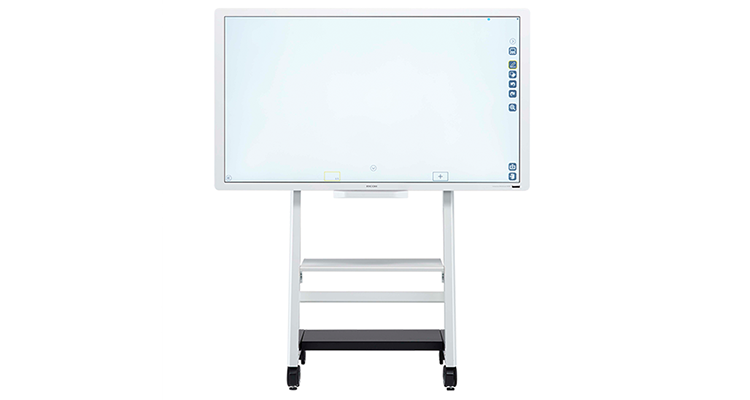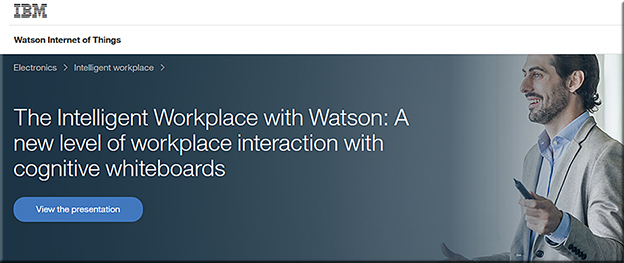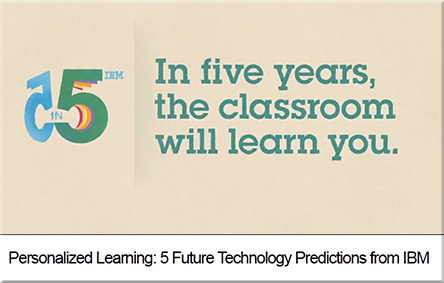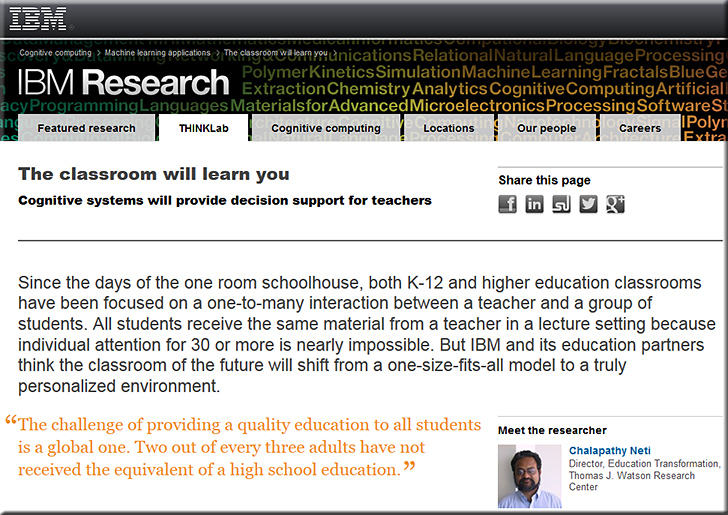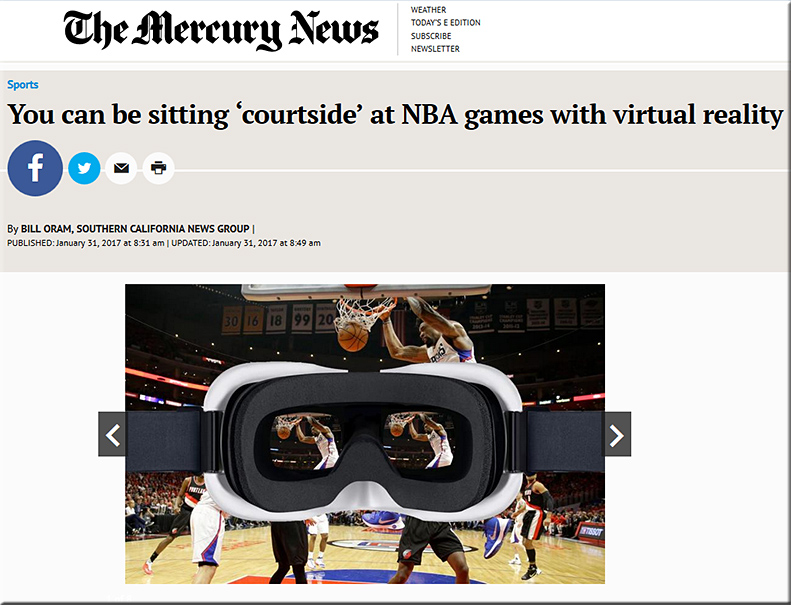How Amazon’s purchase of Whole Foods highlights the hybrid, ‘omnichannel’ future of higher ed — from edsurge.com by Sean Gallagher
Excerpt:
The expectation that students can integrate their learning experiences across channels is now arriving in higher education. Online education has reached a tipping point where almost 30 percent of all students in U.S. higher education are enrolled in at least one online college course. A significant number of students are already blending their experience across online and offline channels—and numerous data points speak to the evolving value of blending online delivery with physical presence, as suggested by Amazon.
In national surveys of prospective adult students that we have conducted regularly at Northeastern University over recent years, we have consistently found that 60 percent of students prefer a blended or hybrid learning experience. In other words, the majority of the higher education student market is neglected by today’s dominant approach that focuses on offering either online or in-person programs.
…
Like Amazon, the colleges and universities that are able to deliver across channels—leveraging the combination of physical presence and online algorithms—will be uniquely positioned to take advantage of the in-demand, destination nature of studying in certain cities; the local sourcing of faculty; and proximity to key employers, industries, and job opportunities.
Over the next decade, growth and competitive success in higher education will not be a function of who is able to offer online programs. Instead, the successful institutions will be those who can symbiotically integrate their placed-based educational operations and experiences with software-driven analytics, learning science, and machine learning to create a more personalized experience. A more Amazon-like experience.
From DSC:
A few side comments here:
- The future won’t be kind to those institutions who haven’t built up their “street cred” in the digital/virtual space. For example, if you are working at a traditional institution of higher education that doesn’t have online-based programs — nor does it have plans to create such programs in the future — you should get your resume up-to-date and start looking…now.
.
- For data/analytics to have a significant impact and inform strategic or pedagogical decisions, one needs to collect the data. This is not hard to do online. But it’s very difficult — at least at a granular level — to do in a face-to-face environment.
. - Coursera’s MeetUps around the world — where their learners are encouraged to join study and discussion groups related to their online-only courses — make me wonder about the future of learning spaces and whether your local Starbucks might morph into a learning hub.










![The Living [Class] Room -- by Daniel Christian -- July 2012 -- a second device used in conjunction with a Smart/Connected TV](http://danielschristian.com/learning-ecosystems/wp-content/uploads/2012/07/The-Living-Class-Room-Daniel-S-Christian-July-2012.jpg)
